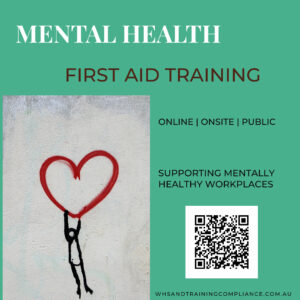Feeling unproductive at work is something that affects everyone. Managers can support employees unproductivity at work, improve productivity. Here are some tips on how you can get out of feeling unproductivity rut and start feel more productive again at work. Reduce feeling unproductive.
A “rut” is a colloquial term used to describe a point of extreme dullness and unproductivity. It is frequently used in the creative’s community next to writer’s block. However, unproductivity is something that affects people from all fields and industries.
Demotivation, as many of us call it: easy to free fall into, difficult to emerge from. The good news is, there are remedies to unproductivity at work. They might not be downright simple, but they provide a boost that might help you break away from your slump.
Here are things you can consider to improve unproductivity at work:
Switch things up.
Break away from your usual routine. Doing one thing for a long time often winds up inhibiting your creativity. Feel unproductive at work may be your brain’s way of telling you that it needs some variety!
There are many ways to approach this. You can start with something accessible like trying out a new dish, taking a different route when jogging, listening to songs that are not quite your cup of tea, or waking up an hour earlier than you typically would. The bottom line is: shock your system with something unfamiliar.
Strive for ONE win at the very least.
If that didn’t work out, how about this: set one super-easy task that you know you can complete in no time. Then, do it. This is a great technique to use to ease yourself into more complicated tasks. A single win can stimulate your brain’s reward system and motivate you to finish a streak! It could be as simple as doing light chores, planning out your day, or making THAT long overdue phone call to your credit card company. One win: that’s all you need to be back on the running.
Go back to your “why”.
It’s easy to get lost in all the pressure. With all that swamping you, there may come a time where you’re merely dragging yourself from one day to another; working ONLY to get things done. Life feels like it has lost its vigour. While this is not the first thing that usually comes to mind, it’s essential to keep asking yourself: “what is my purpose?”. Being constantly reminded of your goals helps you stay level-headed. When you are, you see ruts as temporary or a launchpad for something more productive.
Seek progress rather than perfectionism.
Too often, we overly concern ourselves with the intricacies of working that we forget how much more vital starting is. You don’t have to get it right the first time to come up with an impressive output. With progress, you can immediately see your mistakes and undertake the necessary steps to perfect your work. Just start somewhere and see where that leads you.
It’s natural to feel demotivated once in a while but if it persists for a long time despite all these attempts, there must be an underlying psychological problem that needs addressing.
A type of depression called Persistent Depressive Disorder or Dysthymia is a commonly overlooked condition that due to its milder nature. Characterized mainly by a chronically depressed mood, coupled with low energy and productivity as well as feelings of hopelessness and changes in appetite, dysthymia may first come in the form of a rut.
This is something to look out for. It’s highly recommended you see a mental health expert if you’ve been feeling off and unmotivated. Get help now rather than spending years trying to figure out your lack of drive and hurting your self-esteem. You feel unproductive at work because of it.
In terms of managers, they can start screening employees struggles and unproductivity at work. Helping and assisting can create mentally healthy workplaces and create productive workplace.
Access Mental Health Awareness Books from Amazon: Mental Health Books















